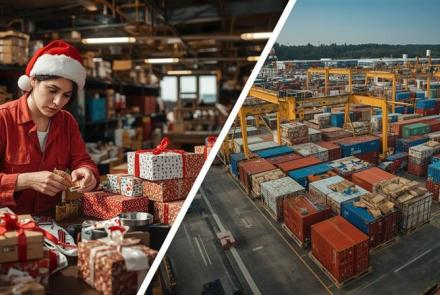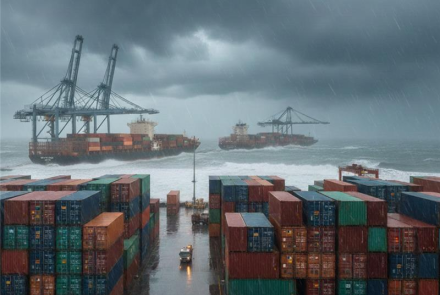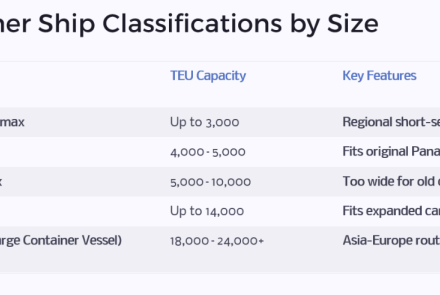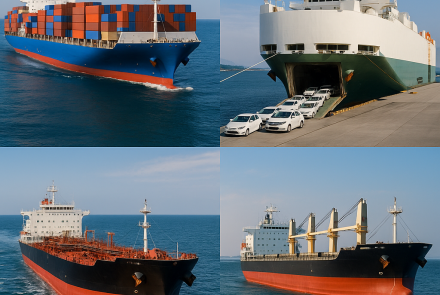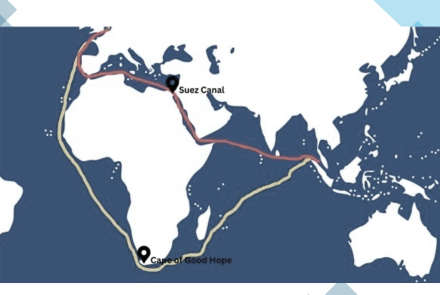ENRICHING HUMAN PERFORMANCE IN THE MARITIME SECTOR
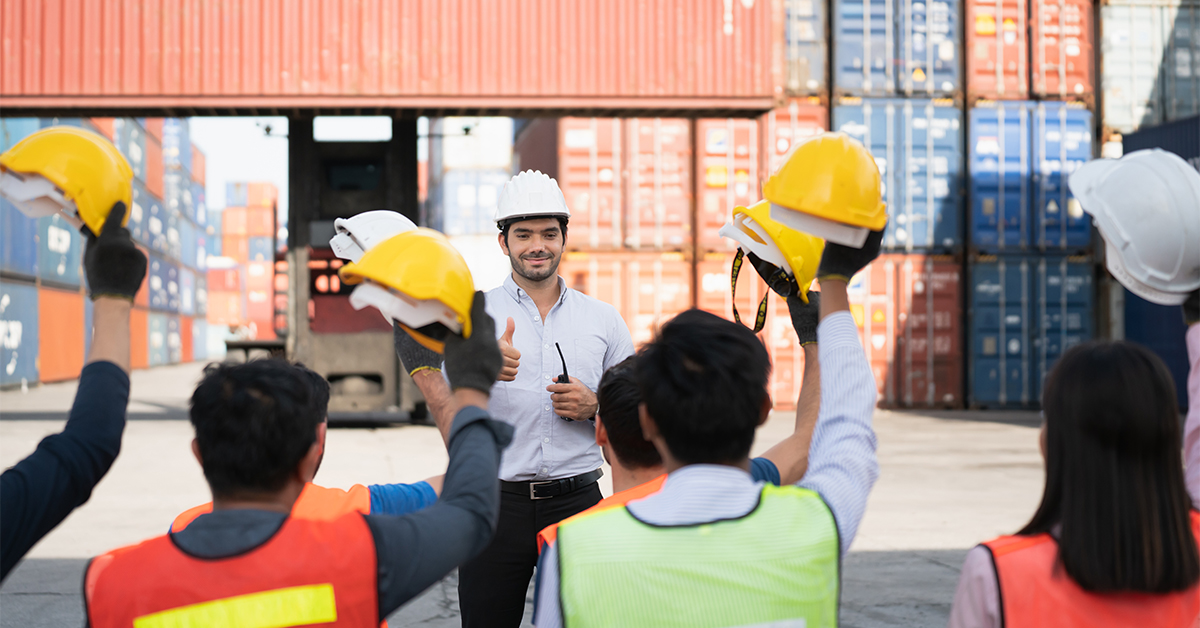
Ships transport close to 11 billion tons of cargo every year to the remotest corners of the globe. This corresponds to almost 1.5 tons per person, based on the latest world population statistics. To sustain competitiveness and profitability, together with satisfying the demands of modern lifestyle, the maritime sector must ceaselessly advance to meet the needs of our flourishing world economy. The maritime industry strives to meet this challenge by employing mega ships and standardizing vessel engineering, while maintaining a sharper focus on automation. Passionate involvement of everybody associated with the maritime sector, supported by exemplary human commitment and cause to usher in a safe working environment, will be the driving forces.
The human factor in the maritime sector concerns the security of the ship’s crew, shore-based workforce, and regulatory bodies. The “human factor” is an important constituent in the safety of life onboard ships, and shows that by reinforcing focus on this area, we can enhance maritime safety manifold.
Psychological, physical, medical, social, workplace and environmental dynamics are apparent grounds for maritime mishaps. It affects human performance, leading to erroneous judgments by the crew. In the high seas, ships operate with massive resistance to maneuverability, and this often occurs in the close vicinity of other vessels. The “sea-ship interface” and the effects of ocean currents and meteorological circumstances are often responded to impulsively rather than by actions that are centered on factual data. This throws challenges to seafarers, and can prove detrimental to safe navigation.
Prominent issues that seafarers face are information-overload, monotony, slip-ups during changeovers, lack of situational awareness and the need to reorient to new tasks. Separation from family, lack of rest, weakening social skills, and seasickness affect their well-being.
Safety management is a major challenge, and the frequency of accidents is increasing. Major contributing factors to such trends originate from:
Sluggish shift from traditional methods of working leading to inadequate technology adoption.
Acute competition in the industry, resulting in time and cost pressures, where the human factor is relegated to a less important position.
Lack of crew-involvement in vessel design, leading to poor equipment adaptability.
Transnational and multi-cultural nature of the shipping industry, leading to inconsistencies in operating procedures and safety management.
Improved training methodologies should help seafarers overcome occupational hazards. Training has improved radically over the past decades, but the results achieved could be threatened by rising pressures on operators to remain profitable. It is apparent that research on the human factor in the maritime domain is yet to gain traction, as compared with other transport sectors.
Not much debate has gone into studying the seafarers’ non-technical skills, such as decision-making and situational awareness. There has, however, been a focused study on safety, particularly on how this aspect is perceived by the seafarers and how opinions may differ considering the diverse culture and nationality of the crew. More studies on decision-making, situational awareness and workload pressures will pave the path to heightened safety records.
With motivated training and deeper involvement in job responsibilities, seafarers will be in a better position to a gain good understanding of the active and dormant situations that lead to disasters, and thus stay alert to the dangers that lie in wait in the deep seas.
If you found this article interesting, please check other blogs from VS&B that contain a wealth of information from the world of container shipping.
Chennai-based VS&B Containers group supplies new and used dry containers, reefers, flat-rack containers and open top containers, offering customers the choice to pick them from across the globe through their wide depot network.
With a strong foothold in container trading, container leasing, and empty container repositioning, the VS&B Containers group also operates a separate division offering cutting-edge software solutions to the shipping & logistics sector.
VS&B Containers group takes pride in the enduring success of their trading partners. Understanding your container needs early on, the company will recommend the right solution that fits well into your budget and needs.
Contact traders@vsnb.com and get your containers on time! Specialists from the VS&B team will explain how you can choose the right container depending on key factors like costs, flexibility and returns on investment that your business demands.
Note:
We have sourced facts and figures for this blog from the internet.
- Log in to post comments


